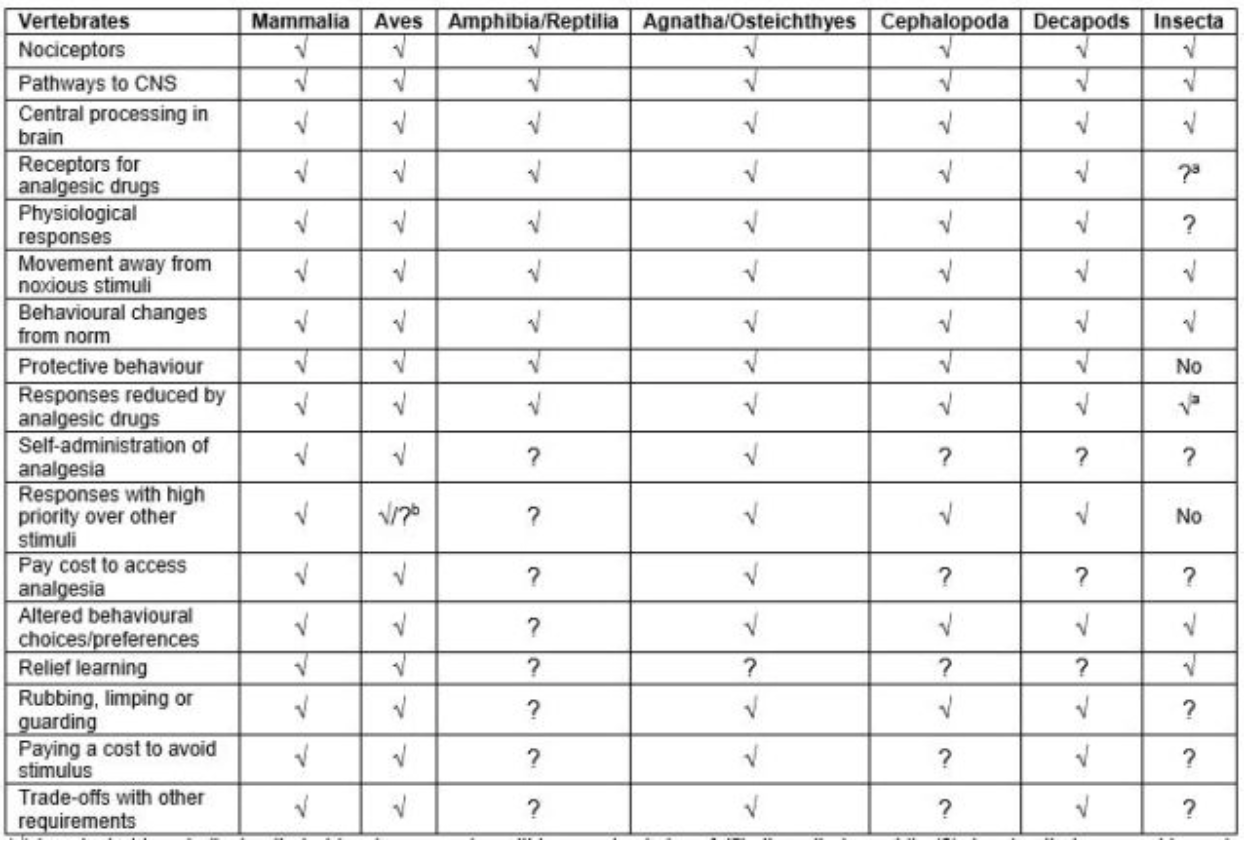Do crickets and other insects feel pain?
Humanly and ethically produced food is top of the agenda for today’s consumer, and now insects are part of our modern diet we must know if they feel any pain. Fortunately there is a great deal of research that has been conducted in this field and I will break down some of this here.
Most scientists have concluded that insects do not feel pain in the same way us humans and other mammals do, but after studying research published in various scientific journals outlining disputing points of view I have concluded that the jury is still out as to whether insects can actually feel pain.
Insects share a common nervous system that consists of dendrites and ganglia and depending on their level of biological complexity and size, they react very differently when exposed to a number of various testing methods - such as (thermal, chemical and electrical).
The definition of what pain is, also opens up a can of worms..
The Oxford Dictionary states the following definition:
“Mental suffering or distress”
“Highly unpleasant physical sensation caused by illness or injury”
Some say that pain is caused as an emotional response to something so in order for insects to feel pain they must understand emotion. This would require some level of emotional intelligence often found in mammals and reptiles but not often found in insects. This connotation is considered subjective and therefore cannot be fully measured.
There is however a difference between how we experience and rate pain and how we relate that pain to avoiding injuries. The latter is known as “Nociception” (The perception or sensation of pain).
Some associate pain as something which can be measured directly through observation, without the need for verbal communication. For example, if you were to poke an insect with a needle then you could directly monitor its reaction.
Is it showing signs that it’s injured or has been hindered by the action? If so then the insect is showing signs it has cutaneous sensory fibres, (which shows a unique and remarkable lack of pain-related behaviours to acid and capsaicin).
Similarly, capsaicin triggers “nociecptors” in some invertebrates, that may indicate a potential for experiencing pain” Which causes heat or burning effect (displaying protective motor reactions) thus causing it to limp, rub or hold the affected area and, or show signs of autotomy (self amputation) In some trials insects do show signs of this but in others they do not.
Extract from: NOI - Neuro Orthopaedic Institute". www.noigroup.com.
Other evidence shows stimulus avoidance (moving away from danger) which directly shows evidence of avoidance learning (responding to a circumstance and learning of pain to avoid in future situations).
Some insects show that they have pain receptors in the form of “opioid” receptors which shows reduced responses to noxious stimuli when given small amounts of analgesics or local anaesthetics, while others do not react.
An example of this is the house cricket which when given morphine extends the period of time that the insect will remain on a heated surface. Although it is highlighted in this study that the male crickets were releasing serotonin to improve their dominance with other males so the true nature of the drugs and heat application may not be relevant.
As a visual aid here is a chart which shows tests done under a number of different subjects and methods, showing a diverse variation of results.
“Among insects, most of the pieces of the evidence required to say that insects feel pain appear in some groups to some extent. However, they do not appear in all groups to the extent which would result in a definitive answer. It would not surprise me to learn that some insects, particularly some of the social insects, would possess all the pieces of evidence. While we can’t say for sure with our current state of knowledge, it seems that the field of insect nociception may be heading in that direction.”
To conclude, there is no certain way to make sure our crickets do not feel pain so in order to do our utmost we go through the extra steps to insure that they feel as minimal as possible. When we harvest the crickets we place them into a freezing unit, to make them formant before the drying process begins.
Hayden Smith, Founder The Cricket Hop Co.
Further reading on how we make our cricket flour can be found below:

